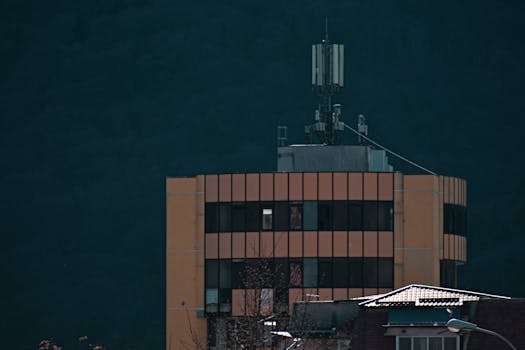Orbiting Innovations: Key Updates in Satellite Telecommunications Technology

Orbiting Innovations: Key Updates in Satellite Telecommunications Technology
Satellite telecommunications technology has undergone significant transformations in recent years, driven by advances in materials science, computer engineering, and data transmission protocols. At the forefront of these innovations are orbiting satellites, which are being designed and deployed to provide faster, more reliable, and more secure communication services.
The latest advancements in satellite telecommunications technology are revolutionizing the way we communicate and access information. One of the key updates is the development of high-throughput satellites (HTS), which offer significantly higher data transmission rates than traditional satellites. HTS systems use advanced technologies such as spot beam technology and frequency reuse to increase the amount of data that can be transmitted through a single satellite.
Another significant update is the introduction of low-earth orbit (LEO) satellites, which operate at much lower altitudes than traditional geostationary satellites. LEO satellites have several advantages, including lower latency, higher data transmission rates, and improved security. They are also less expensive to launch and maintain, making them an attractive option for a wide range of applications, from remote sensing to telecommunications.
Advanced transmission protocols are also being developed to support the growing demand for satellite-based communication services. One example is the use of quantum key distribution (QKD) protocols, which enable secure data transmission over long distances. QKD protocols use the principles of quantum mechanics to encode and decode messages, making them virtually un-hackable. This technology has significant implications for the satellite telecommunications industry, where security is a top priority.
In addition to these technological advancements, there are also significant economic and regulatory developments that are shaping the future of satellite telecommunications. The increasing demand for satellite-based services, combined with the decreasing cost of launching and operating satellites, is creating new opportunities for businesses and individuals to access these services. However, this growth also raises concerns about the potential impact on the environment and the need for more effective regulation of the industry.
Despite these challenges, the future of satellite telecommunications looks bright. With the continued development of new technologies and the expansion of existing ones, we can expect to see significant improvements in the quality, speed, and reliability of satellite-based communication services. This, in turn, will have a major impact on a wide range of industries, from telecommunications and finance to healthcare and education.
As we look to the future, it is clear that orbiting innovations will play a major role in shaping the satellite telecommunications industry. Whether it is through the development of new satellite designs, advanced transmission protocols, or more effective regulatory frameworks, these innovations will help to drive growth, improve services, and increase access to information and communication technologies.






